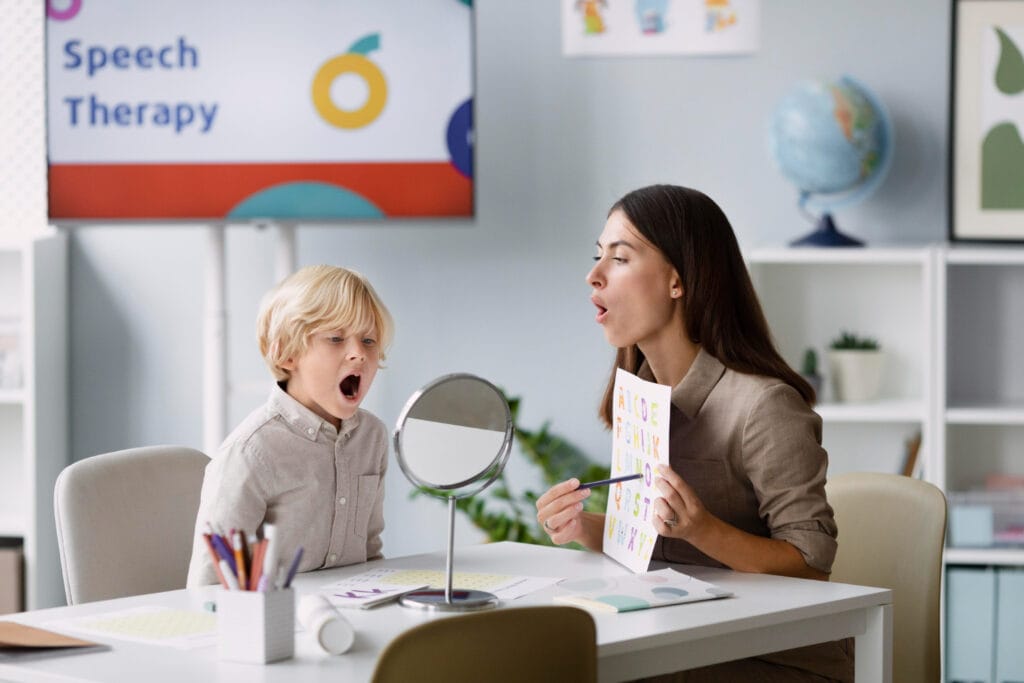Why Is the “R” Sound So Tough for Kids to Master?
If you’ve ever noticed your child saying “wabbit” for “rabbit” or “cah” for “car,” you’re not alone! The “R” sound is one of the most common speech errors in children—and also one of the trickiest sounds to master. As speech-language pathologists, we often get questions from parents wondering why this sound seems so much harder than others.
Let’s break it down.
- “R” Has So Many Variations
Unlike many other sounds, “R” doesn’t stay the same. It changes depending on where it is in a word and what vowel sound is in front of it. For example:
- Beginning of a word: red, run, rabbit
- Middle of a word: carrot, cereal
- End of a word: car, butter
Because “R” takes on so many shapes, kids don’t just have to learn one sound—they have to learn several!
- It’s All About the Tongue
Producing “R” requires very precise tongue placement and muscle coordination. Unlike sounds like “P” or “M,” where you can see the lips moving, “R” is hidden inside the mouth. The tongue has to be lifted, bunched, or curled in just the right way! That level of fine motor control takes time to develop.
- “R” Develops Later
Many children don’t master “R” until age 6. This is considered within the normal range of development. So, if your 4-year-old still says “wabbit,” it may just be part of typical speech development. But if “R” errors persist past age 6, it may be worth checking in with a speech-language pathologist.
- It Can Be Frustrating for Kids
Because “R” shows up in so many words, children with difficulty producing it can become frustrated or even self-conscious. Some kids may avoid saying certain words or feel embarrassed when they’re not understood clearly. With the right strategies, though, therapy can make a big difference in boosting both speech clarity and confidence!
How Speech Therapy Can Help
An SLP knows how to break down the complex “R” sound into smaller, teachable steps. Therapy may involve:
- Teaching children how to feel where their tongue should go
- Using visual and tactile cues to help with tongue placement
- Practicing different versions of “R” to find the easiest one to start with
- Making practice fun and motivating with games and activities
✅ Bottom line: The “R” sound is tough because it’s complicated, hidden, and variable—but with the right support, most children can master it!
If you’re concerned about your child’s “R” sound or other speech skills, we’d be happy to help. Book an assessment with Calgary West SLP today to learn more about how speech therapy can support your child’s communication journey.

